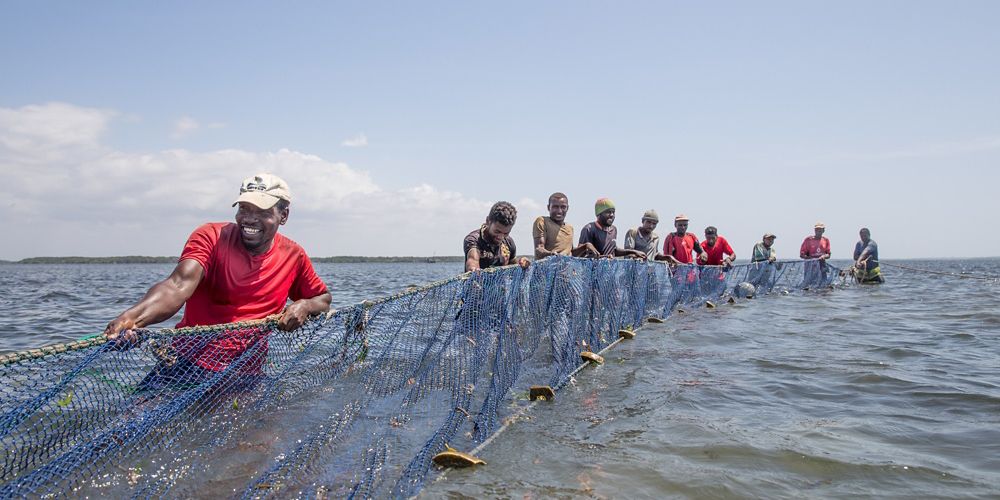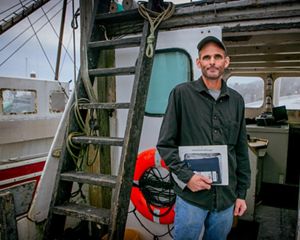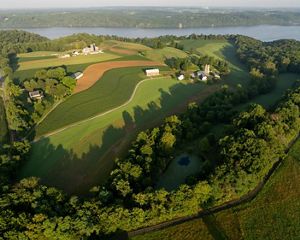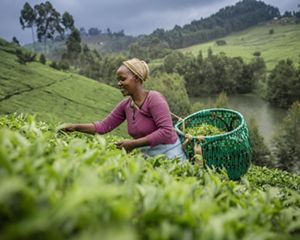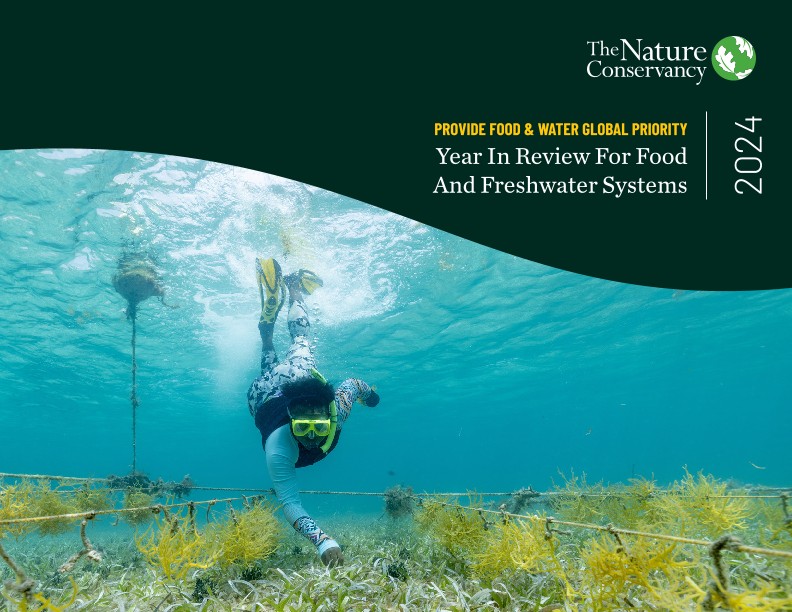Provide Food and Water
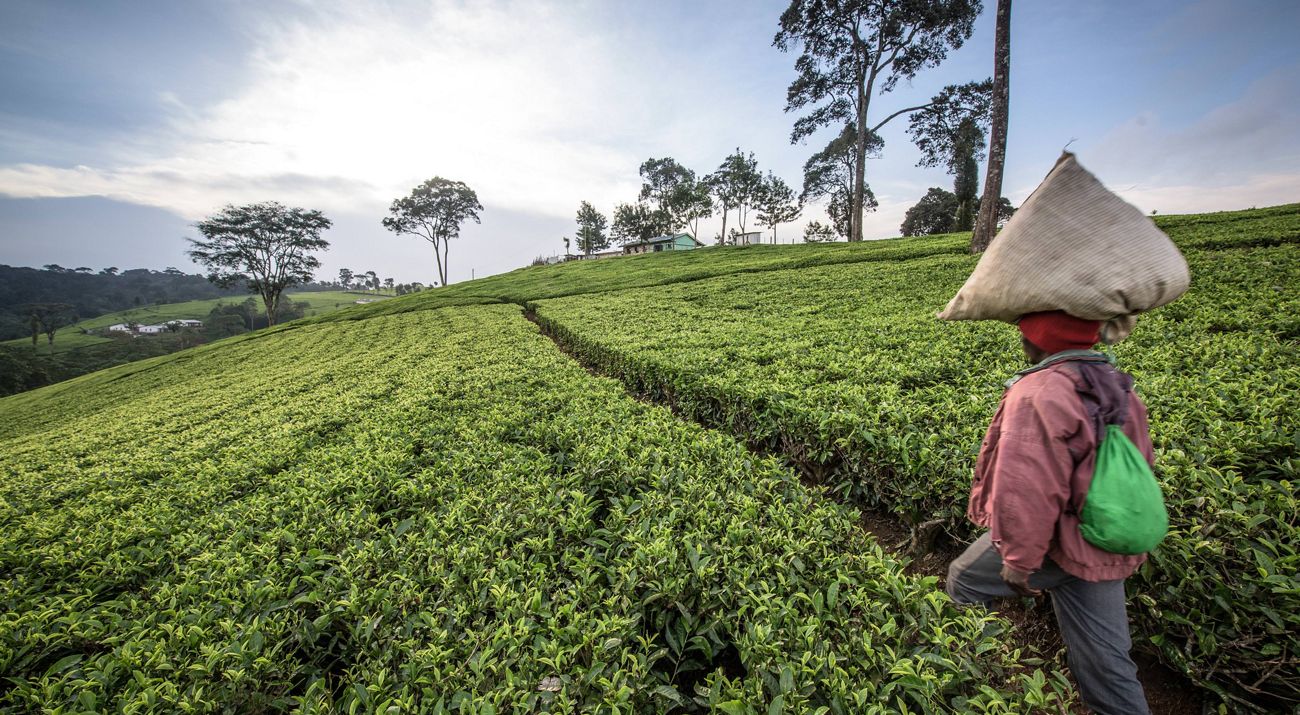
As the global population grows, the demand for sustainable food and clean freshwater intensifies.
The Nature Conservancy is committed to transforming how we produce food and manage water resources to ensure a thriving planet for future generations. Our mission is to build sustainable food systems for both people and nature.
We work with farmers, fishers, and communities to promote sustainable food practices that regenerate soil, protect biodiversity and reduce greenhouse gas emissions. By advancing food production methods that are both efficient and environmentally responsible, we help ensure that nature and people can thrive together. Our initiatives support sustainability at every level—from local farms to global supply chains.
Water is essential to life and to food production. Yet, many of the world’s water resources are under threat from overuse and pollution. We partner with local stakeholders to restore watersheds and protect freshwater ecosystems. These efforts not only secure clean water for communities but also enhance the resilience of sustainable food systems.
Our approach integrates science, innovation and traditional knowledge to create lasting change. We advocate for policies that support sustainable food and equitable access to water resources, ensuring that both people and nature benefit. By investing in nature-based solutions, we can build a future where sustainability is at the heart of every decision.
Together, we can meet the growing demand for sustainable food, protect our freshwater supplies, and create sustainable food systems that are resilient, equitable,and regenerative.
Global Insights.
Check out our latest thinking and real-world solutions to some of the most complex challenges facing people and the planet today.
Learn more about how regenerative food systems can be a solution for growing food demands.
Our goal? To conserve nearly 10 billion acres of ocean, 1.6 billion acres of land and 620,000 miles of rivers, all of which contribute to our global food requirements.
We intend to achieve this ambitious goal through new and better-managed protected areas, global-scale sustainable fishing, restoring working lands, innovative financing, partnering with communities and Indigenous peoples, and positive policy changes.
Land and water stewardship can restore health to our food systems.
Food is sustainable when it benefits the environment and maintains soil fertility. We’re fostering innovations in technology, collaborating with communities to use resources more efficiently and promoting policies that enable sustainability. Together, we can secure healthy food and clean water for all people without sacrificing the environment.
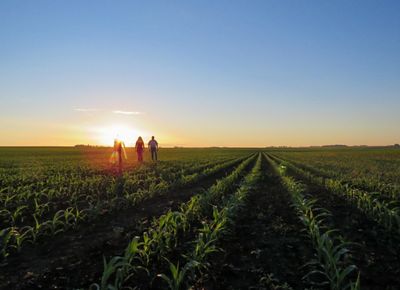
Farmers in a Changing Climate
These five Kentucky farmers are battling heavy rains, unpredictable planting seasons and financial risk as climate change makes the future ever more uncertain.
How We Secure Food & Water
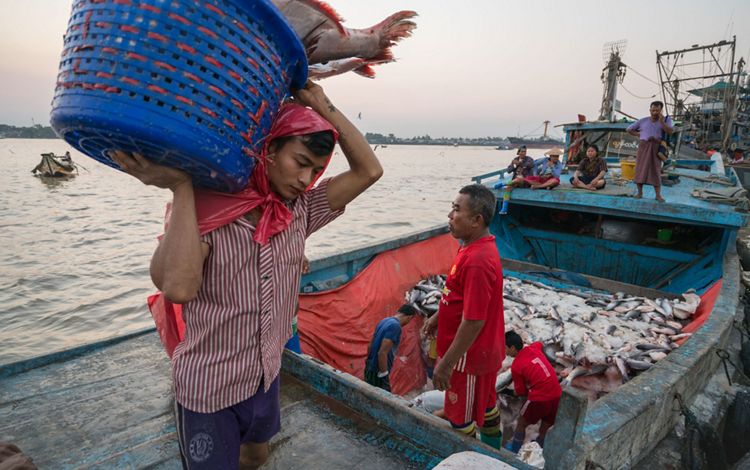
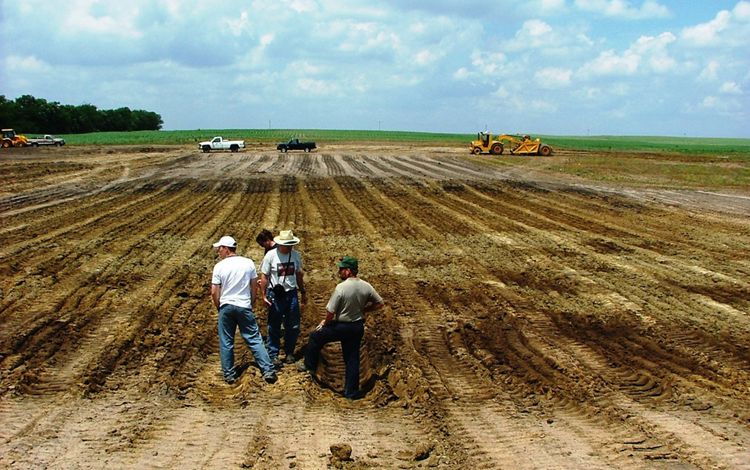
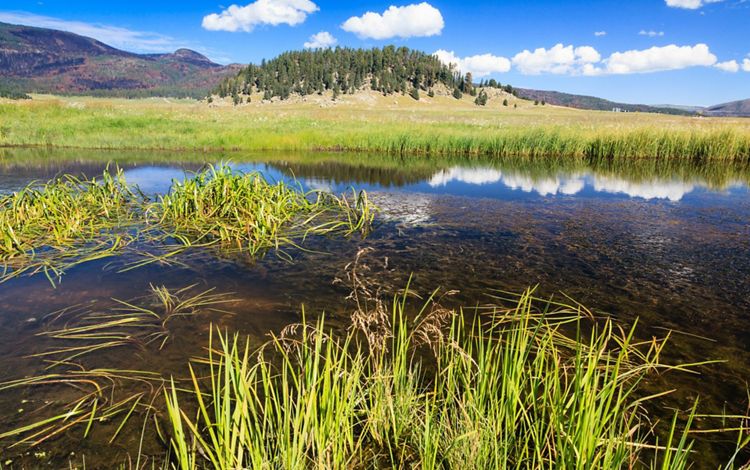
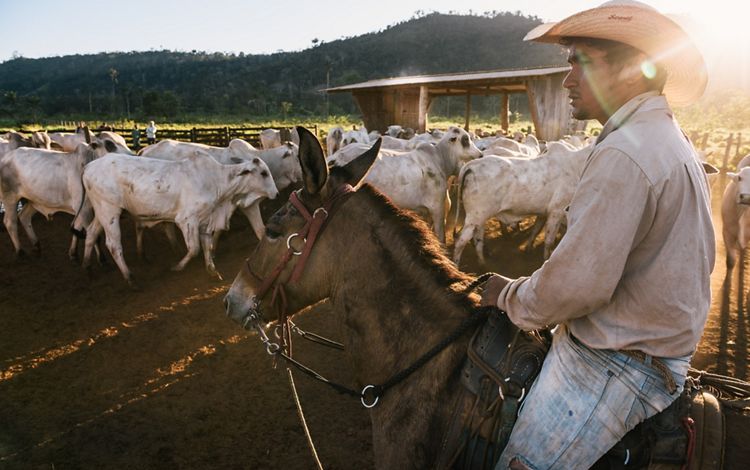
Download
Read about our progress in 2024 to provide food and fresh water for people and nature around the world.
DownloadGlobal Insights
Check out the latest perspectives, research and tools that inform TNC’s ideas to sustainably nourish people around the world and address other conservation priorities.
